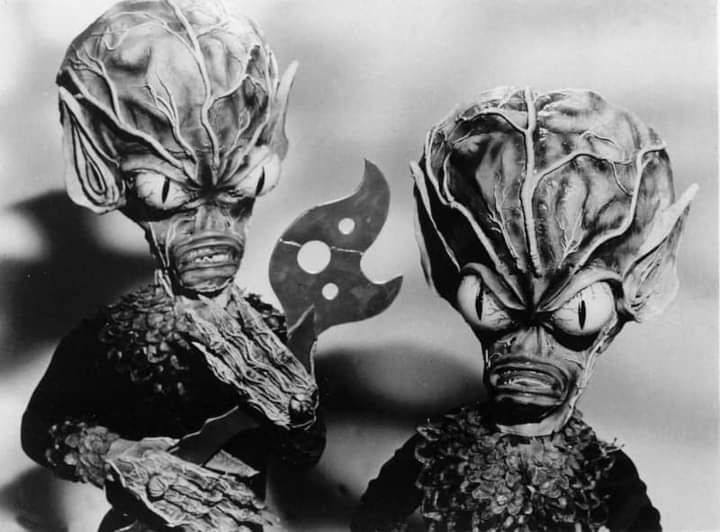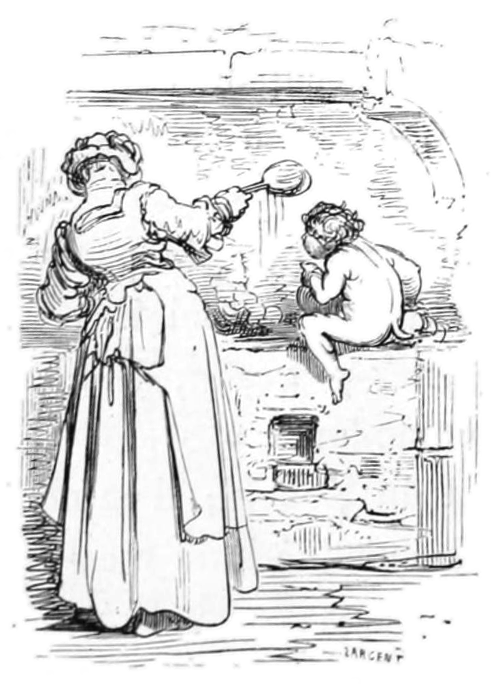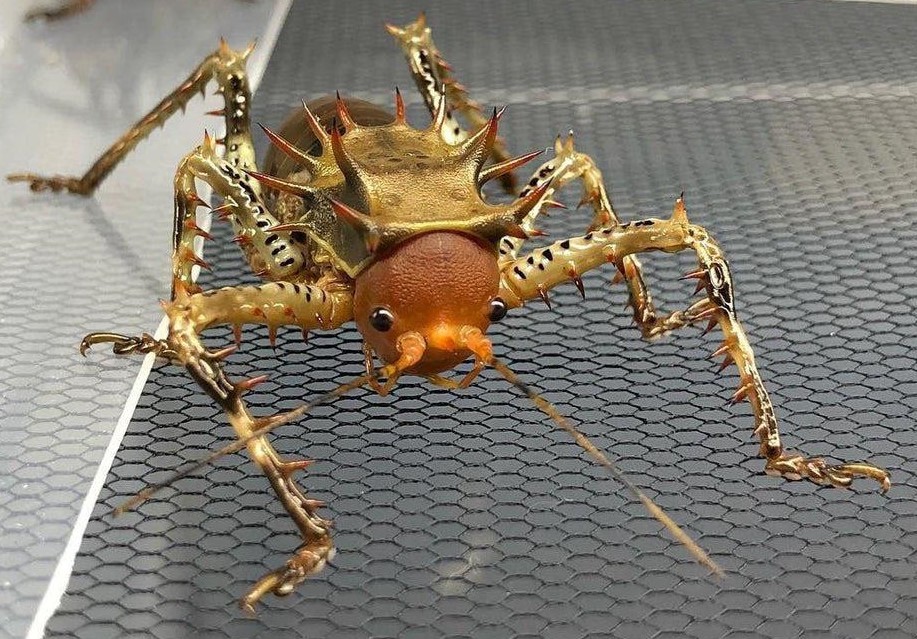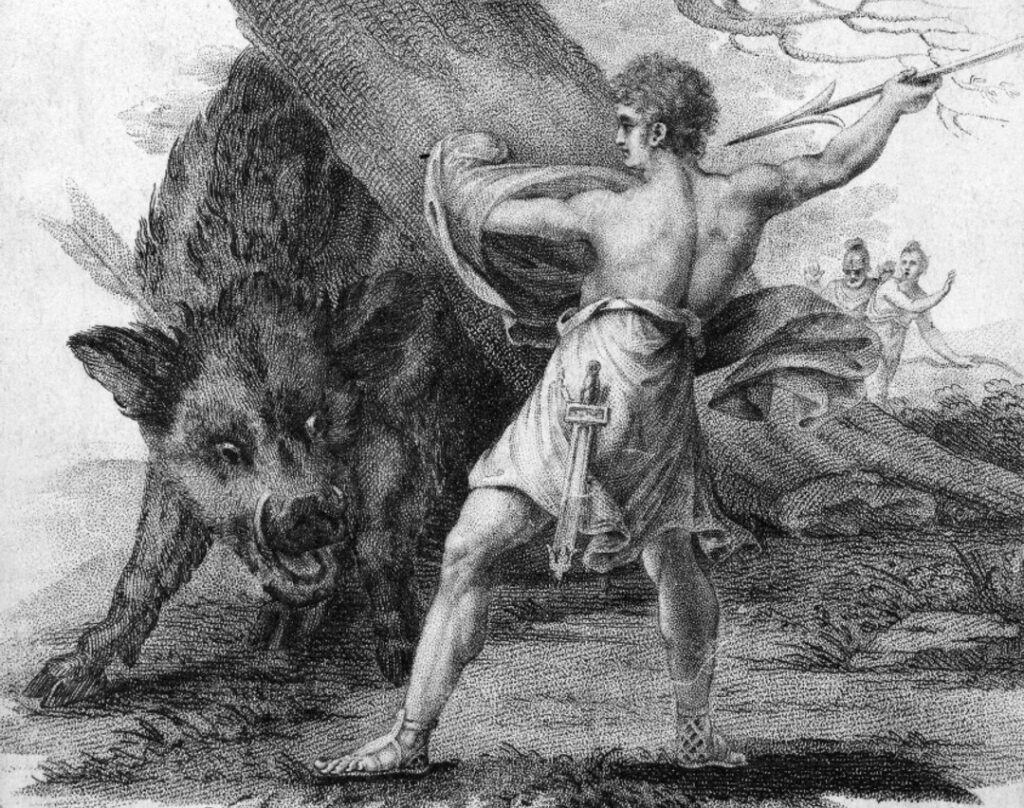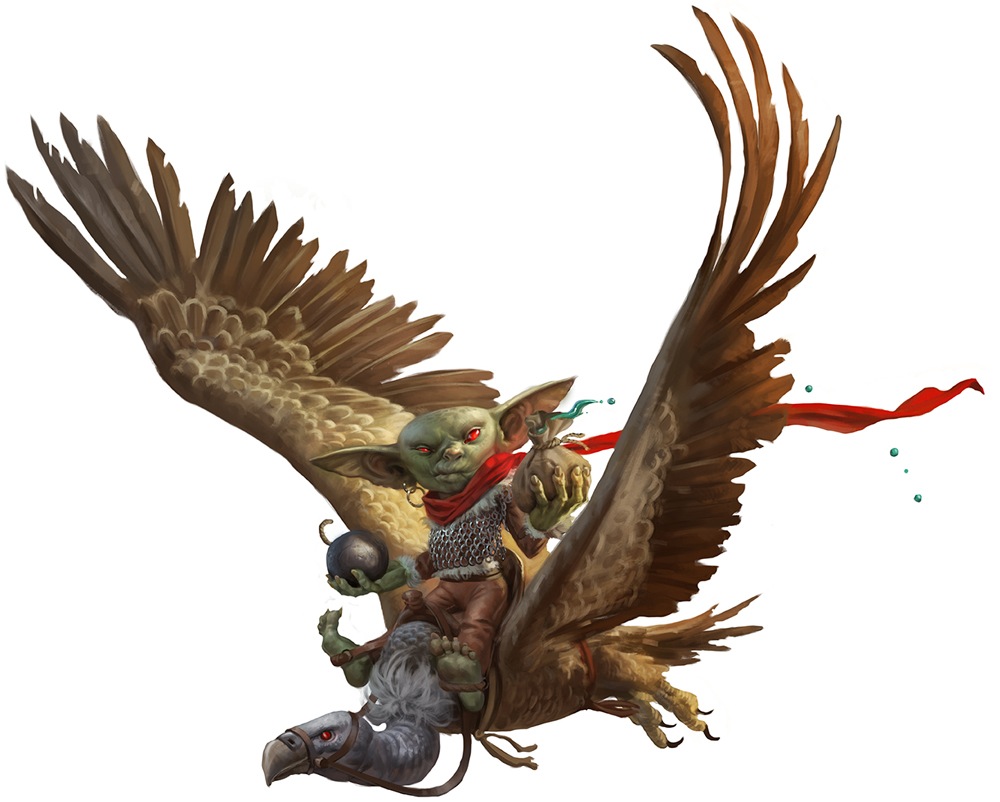Recent posts elsewhere on the interwebz about revisualizing the kobold both charmed me and also got me thinking about retooling kobolds to be closer to the ways they’re depicted in their mythological origins. Thus, here are kobold reimagined as spirit creatures capable of taking corporeal form.
Common Traits
Kobolds live most of their lives as invisible, intangible spirits. Kobolds tend toward capriciousness, but they are generally well-meaning so long if treated with respect and appeased by regular gifts. They are natural shape-changers. To detect invisible, a kobold in spirit form appears as a halfling-sized, humanoid shape, and it cannot be harmed except by magical weapons.
A kobold must manifest to attack. A kobold cannot attack the same round it changes form. There are three known types of kobold: aquatic, domestic, and mining. Regardless of type, all kobolds can manifest as fire. In this form, a kobold cannot be harmed by nonmagical weapons, and it takes double damage from water. All kobolds have Darkvision with a range of 60′ (or 90′ for mining kobolds). They speak their own language as well as Common.
XP Value: 16
Kobold in Fire Form: AC 13; HD 1d4 Hit Points**; #AT 1; D 1d4 (+1d4 against creatures which are cold or icy in nature); MV 30′, fly 20′; #APP 1d4 (1d12+3 Wild, 1d12+3 Lair); SV Normal Man; MOR 8; TT P and Q each, C in lair.
Aquatic Kobold
These kobolds live in coastal regions and on ships. They help sailors and fishermen, and they are expert carpenters. In spirit form, they move through water, coral, and sand as easily as humans move through air. They can polymorph self into any sort of coastal bird, fish, or crustacean. They can also assume a humanoid shape, roughly halfling sized with noticeable piscatory features such as gills, small fins, et cetera. Once per day, an angry aquatic kobold can become visible to a single creature with no more than 7 Hit Dice; this creature must make a saving throw versus Death Ray or die instantly.
Aquatic Kobold: AC 13; HD 1d4 Hit Points**; #AT 1; D 1d4 or by weapon; MV 20′, Swim 30′; #APP 1d4 (1d12+3 Wild, 1d12+3 Lair); SV Normal Man; MOR 8; TT P and Q each, C in lair.
Domestic Kobold
These kobolds live in homes or on farms. They help the residents with domestic chores. In spirit form, they move through wood and stone as easily as humans move through air. They can polymorph self into any sort of domestic animal. They can also assume a humanoid shape, roughly halfling sized and resembling a pudgy child with a short tail. Once per day, a domestic kobold can cause disease.
Domestic Kobold: AC 13; HD 1d4 Hit Points**; #AT 1; D 1d4 or by weapon; MV 30′; #APP 1d4 (1d12+3 Wild, 1d12+3 Lair); SV Normal Man; MOR 8; TT P and Q each, C in lair.
Mining Kobold
These kobolds live underground in or near mines. They help the miners find valuable ore and avoid subterranean dangers. They are expert miners (equal to dwarves) as well as skilled metalworkers. In spirit form, they move through earth and stone as easily as humans move through air. Unlike other kobolds, they cannot polymorph self in animal forms. In humanoid form, they appear much a like a gaunt dwarf or gnome with luminous eyes. They can use ventriloquism at will, phantasmal force twice per day, and wall of stone once per week.
Mining Kobold: AC 13; HD 1d4 Hit Points**; #AT 1; D 1d4 or by weapon; MV 20′, Climb 20′; #APP 1d4 (1d12+3 Wild, 1d12+3 Lair); SV Normal Man; MOR 8; TT P and Q each, C in lair.
Tags: Basic Fantasy RPG, monsters
